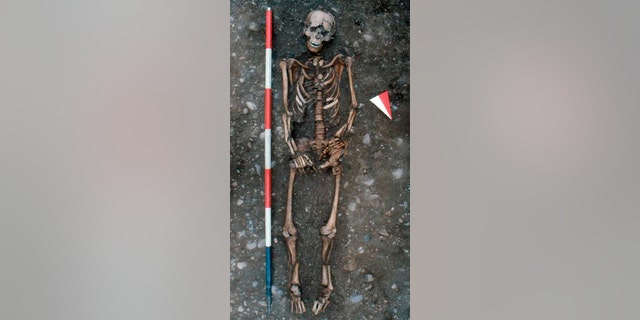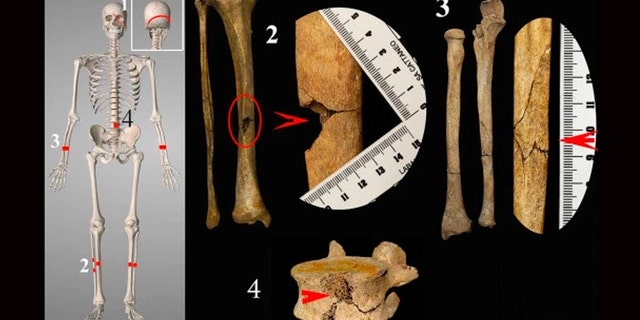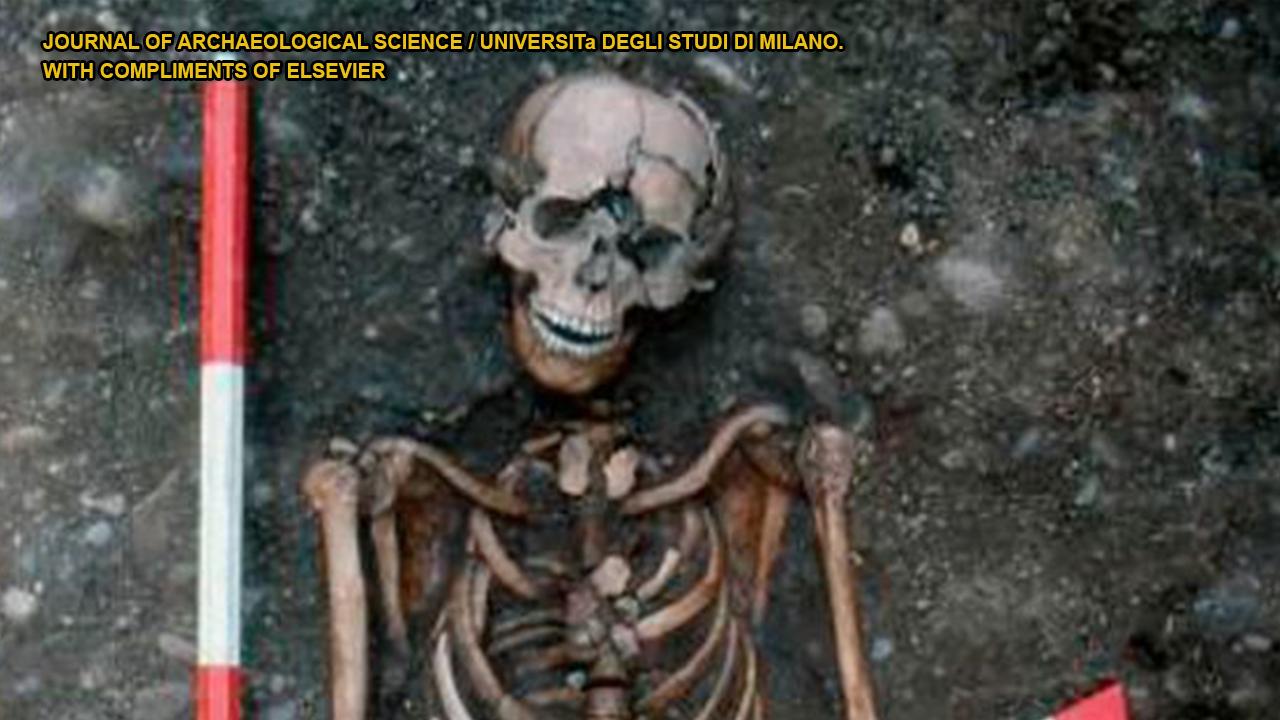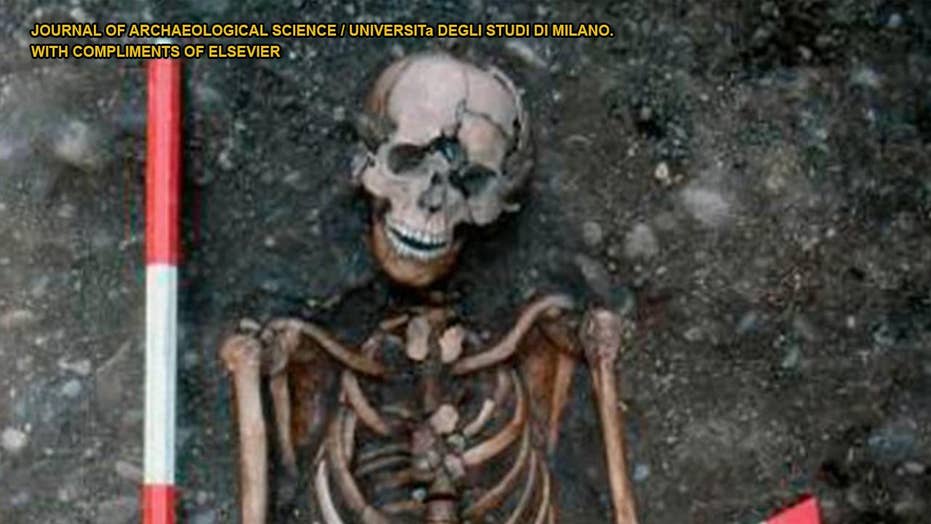Medieval skeleton with signs of ‘decapitation’ believed to be Italy’s first ‘torture wheel’ victim
A Medieval skeleton, believed to be a male between 17 and 20 years old, was discovered alongside the remains of 56 others in Milan, Italy. Death by torture is believed to have been common in medieval Italy, but marks left on the skeleton led researchers to believe this case was an exceptionally terrifying ‘violent death.’
A Medieval skeleton discovered in Italy has shown "signs of decapitation" and is believed to be the first case of a "torture wheel" in the country.
The research, published in the Journal of Archaeological Science, shows that the skeleton, believed to be a male between 17 and 20 years old, along with 56 other individuals, were discovered in Milan. The shattered skeleton dates back to the Middle Ages (1290–1430), according to the study's abstract.
"The anthropological and osteological analyses highlighted symmetrical multiple perimortem fractures of ulnae, radii, tibiae and fibulae both on the right and left side," the study's abstract states. "In addition, signs of decapitation were found on the occipital bones. Evidence from the anthropological and historical analyses led to the hypothesis of an execution by the wheel, a specific type of torture at that time."

(Credit: Journal of Archaeological Science / Università degli Studi di Milano. With compliments of Elsevier)
The abstract continues: " This case describes for the first time the remains of a victim of the wheel and underlines the importance of archaeology and anthropology in reconstructing cases of violation of human rights in the past."
The femur and humerus bones in the man's legs and arms were shattered in a certain way, the researchers found. There was also a stab wound found in his back, as well as the aforementioned evidence of decapitation.
The Sun reports that buckles were also found next to the skeleton, likely from the torture wheel itself.
It's believed that death by torture was common at the time in medieval Italy, according to The Sun, but the marks left on the skeleton of the young male have lead researchers to believe this case was exceptionally terrifying, with researchers calling it a "violent death."
It's unclear why this man was put to death using the torture wheel, but the researchers suggested it may have been because of his appearance, as he had bucked teeth and was more than 4 inches shorter than the average person his age, The Sun added.

(Credit: Journal of Archaeological Science / Università degli Studi di Milano. With compliments of Elsevier)
The skeletons, which range from the Roman Empire all the way to the 16th century, were recovered from the archaeological site of San Ambrogio Square in Milan.
CLICK HERE TO GET THE FOX NEWS APP
Source: Read Full Article

